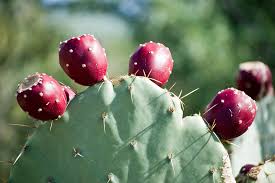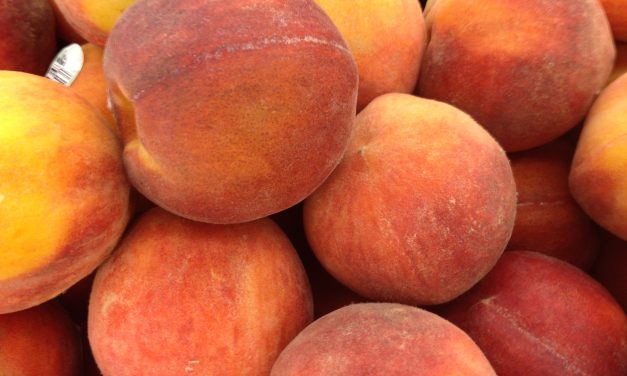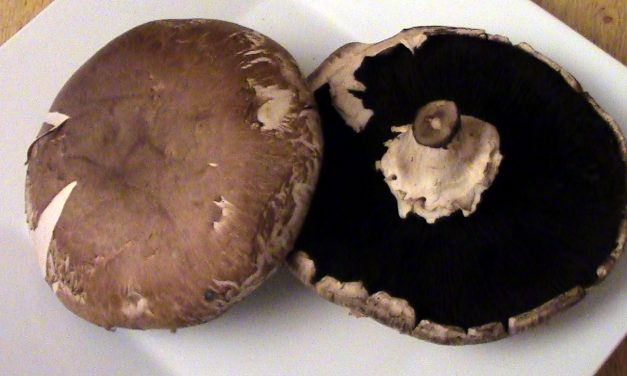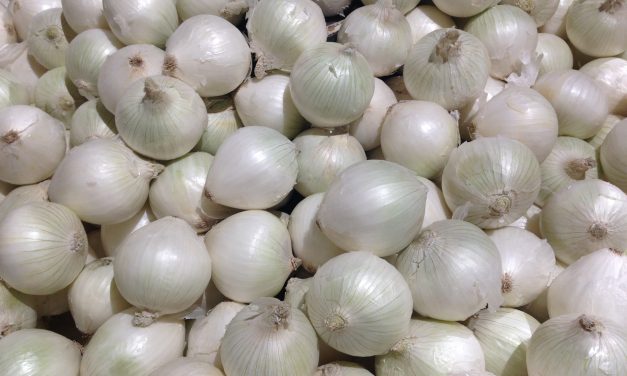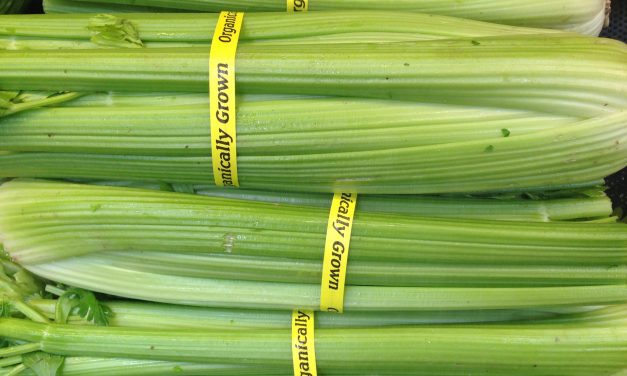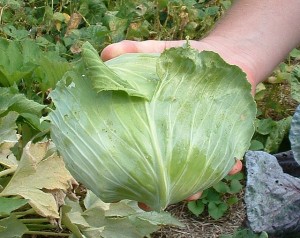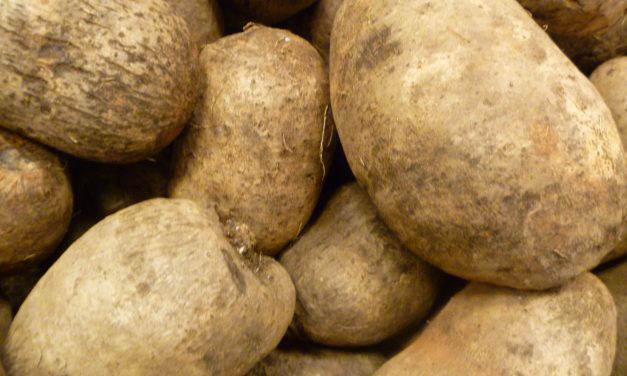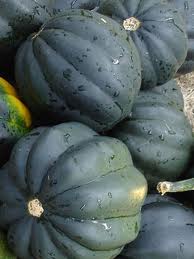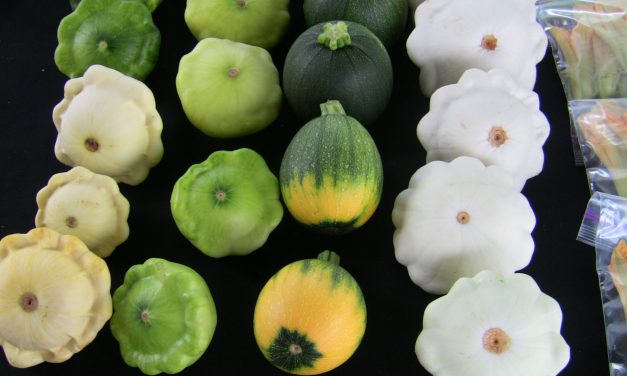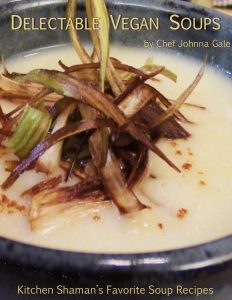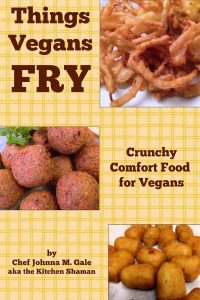Fearless Cooking with Nopal Cactus
Growing up in the Sonoran Desert I was surrounded by all the spiny, thorny, sharp things called cacti with names like Saguaro, Cholla or Jumping, Organ Pipe, Barrel, and Prickly Pear.
Prickly pear is one of the most prolific of all the cacti and highly adaptable. Like most cacti, once the thorns are removed, it is edible. I knew that cactus could be eaten and, with a grandmother who spent time in Mexico, it would be a natural assumption that I learned how to cook with this plant. As I cooked by her side I was not shown the secrets of how to prepare and cook either prickly pear (the fruit) or Nopal (the leaves).

